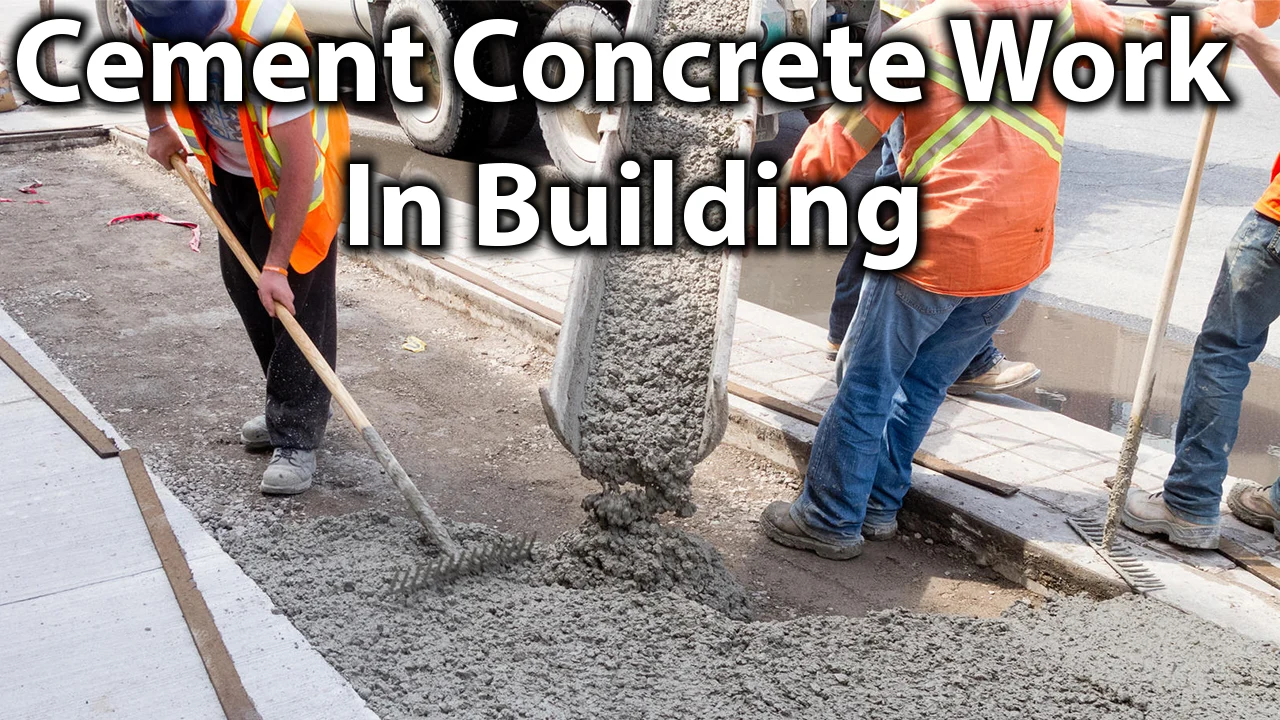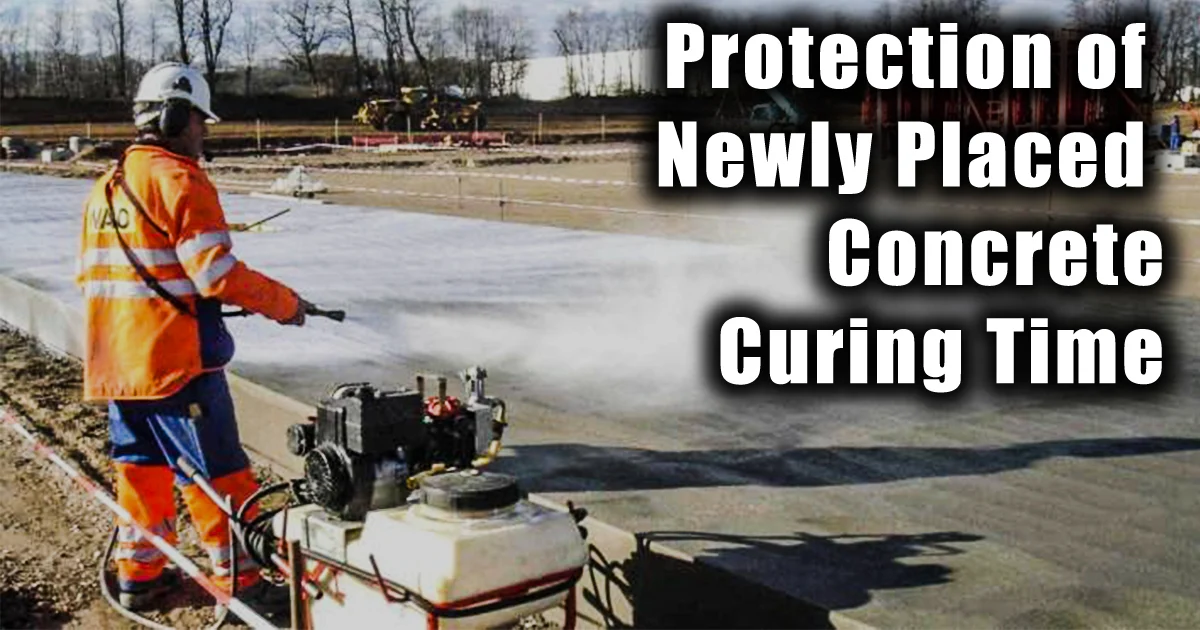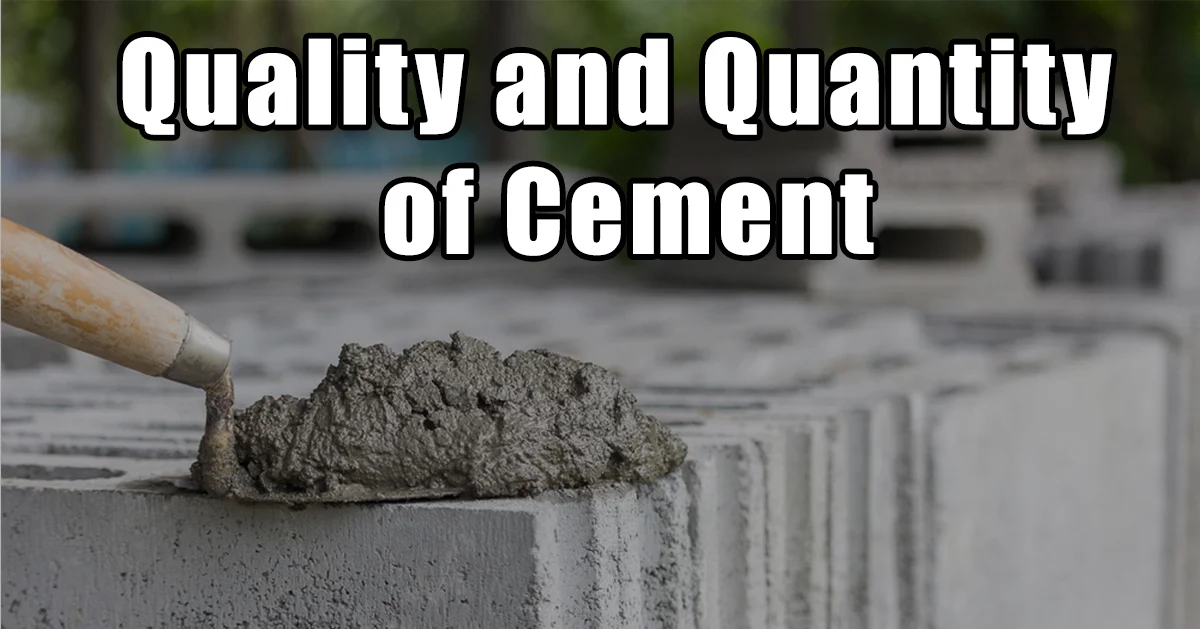Prestressed Concrete in Construction

Prestressed Concrete in Construction
One of the serious limitation of reinforced cement concrete is the cracking which is a natural phenomenon for concrete constructions. Once cracks occur they do not disappear even after removal of load. If the width of these cracks is to be kept within permissible limits, the steel stress has to be kept low. Presence of cracks lowers the capacity of structure to bear reversal of stresses, impact vibration and shocks. Also, the reinforcing bars may get corroded in due course of time and the concrete deteriorates. Besides these disadvantages, the presence of cracks makes theory of reinforced concrete quite irrational. Efforts were made to eliminate the cracking of concrete by artificially introducing in it either before or simultaneously with the application of external loads, a compressive force of permanent nature. This force is so applied that it causes compressive stresses in that zone of the member where tensile stress will be caused by external loads. The tensile stress in concrete will thus be neutralized and it will not crack.
A prestressed concrete may thus be defined as a concrete in which stresses of suitable magnitude and distribution are introduced to counteract, to a desired degree, the stresses resulting from external loads. The concept of prestressing concrete was first used by Mandl of France in 1896. In prestressed concrete high strength concrete and steel are desirable.
The former is required because of following:
1. The use of high strength concrete results in smaller cross-section of member and hence smaller self weight; longer spans become technically and economically practicable.
2. High bearing stresses are generated in anchorage zones.
3. The shrinkage cracks are reduced, with higher modulus of elasticity and smaller creep strain resulting in smaller loss of prestress.
The loss of prestress at the initial stages is very high and for this reason high strength steel is required. High tensile strength wires with ultimate tensile strength up to 2010 N/mm2 are the choice. For prestressed concrete members, the high tensile steel used generally consists of coires, bars or strands.
Prestressing is achieved by either pre-tensioning or post-tensioning. In the former the wires or cables are anchored, tensioned and concrete is cast in the moulds. After the concrete has gained strength the wires are released. This sets up compression in concrete which counteracts tension in concrete because of bending in the member. In the post-tensioning prestressing force is applied to the steel bars or cables, after the concrete has hardened sufficiently. After applying the full prestress the cable passages are grouted. The minimum 28-day cube compressive strength for concrete is 40 N/mm2 for pre-tensioned members and 30 N/mm2 for post-tensioned members.
Advantages Prestressed Concrete
1. The cracking of concrete is eliminated enabling the entire cross-section of the member to take part in resisting moment.
2. As dead load moments are neutralized and the shear stresses are reduced, the sections
required are much smaller than those for reinforced concrete. This reduces the dead weight of structure.
3. In ordinary reinforced concrete (RCC) the economy is not as pronounced as in prestressed
concrete (PSC). The prestressing force in most cases is computed strictly from dead load of the structure; consequently, a weight reduction of 25% results in a substantial reduction in the weight of prestressing tendons.It is widely used for construction of precast units such as beams, floors, roofing systems,bridges, folded plate roofs, marine structures, towers and railway sleepers.









